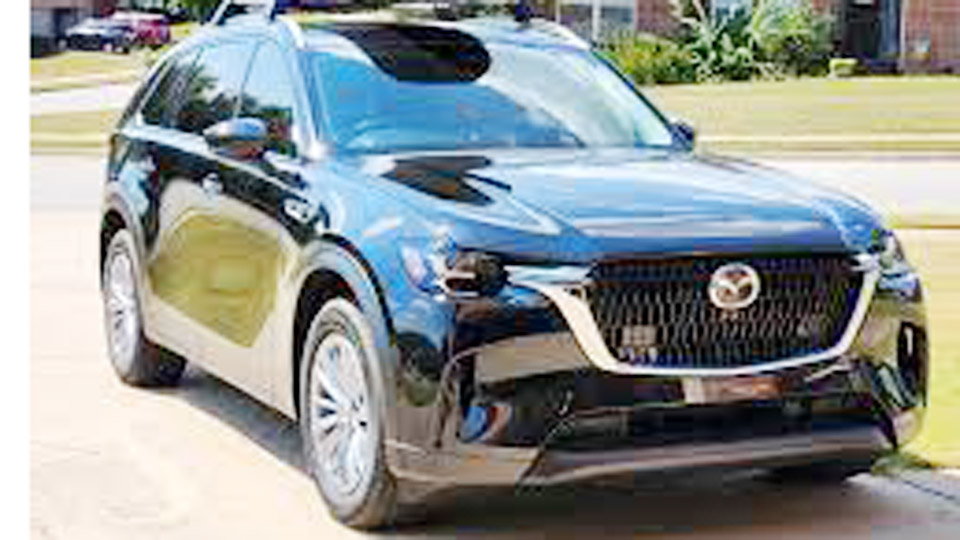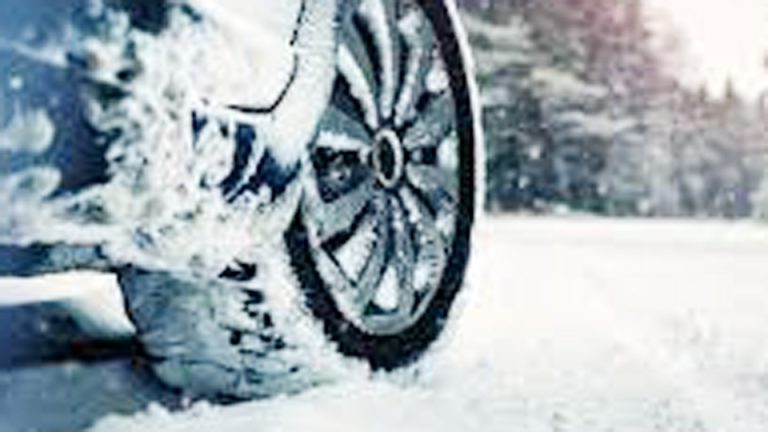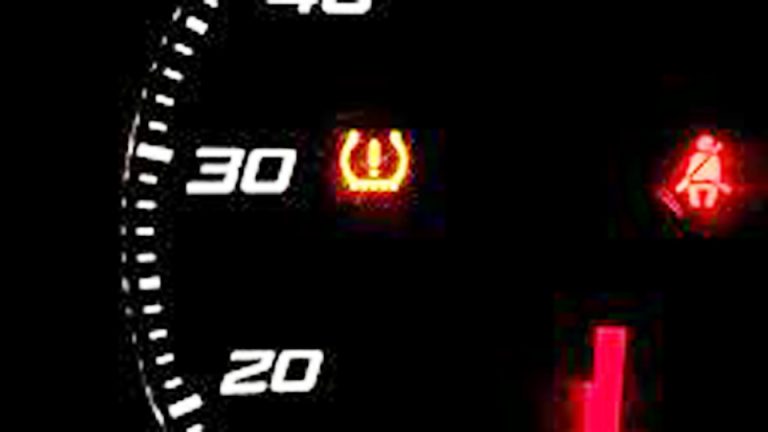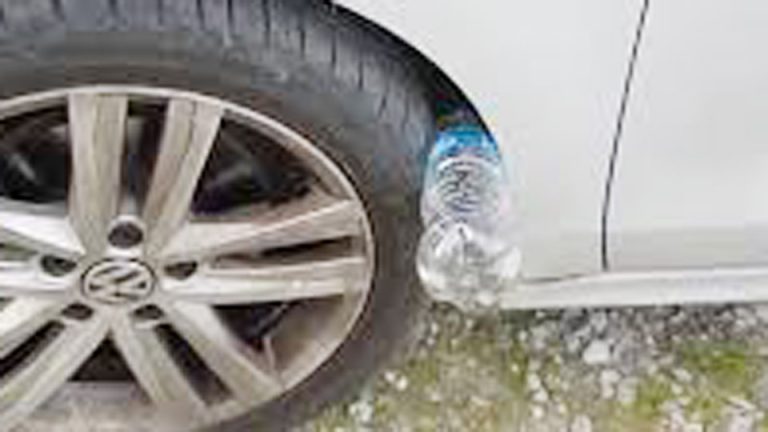It was a crisp fall morning when I first noticed it—a loud, ear-piercing screech every time I turned the steering wheel in my 2010 Ford Escape. I was pulling out of my driveway, headed to the grocery store, and the noise made me cringe.
It wasn’t just annoying; it felt like my car was screaming for help. I started asking myself, “Why is my car screeching when I turn the wheel?” That question sent me on a troubleshooting mission that taught me a lot about my car’s steering system.
After some DIY detective work and a trip to my mechanic, I found the culprit: a worn-out serpentine belt and low power steering fluid. Let me share my story, from pinpointing the issue to fixing it, so you can tackle that screeching noise in your own car.

Image by reddit
A screeching sound when turning the wheel can come from several places—power steering issues, a bad belt, or even suspension problems. My fix took a couple of hours and cost about $200, but the process wasn’t as simple as I’d hoped. I’ll walk you through what I did, the challenges I faced, and how you can diagnose and resolve a similar issue.
What Causes a Screeching Noise
Before diving into my experience, let’s talk about why a car might screech when you turn the wheel. In my Escape, the steering system relies on a power steering pump, driven by a serpentine belt, to make turning easier. The pump uses fluid to lubricate and pressurize the system.
If the fluid is low, the belt is worn, or something else is off, you can get a screeching or squealing noise. Other culprits, like bad wheel bearings or suspension components, can also make noise during turns, but they sound different—more like grinding or clunking.
In my case, the screech was a high-pitched wail, loudest when I turned sharply at low speeds, like in a parking lot. If you’re hearing something similar, it’s likely related to the power steering system or the belt, but you’ll need to do some investigating to be sure.
My First Clue: The Screech and Steering Feel
The screeching started out of nowhere, but it wasn’t the only symptom. I noticed the steering felt heavier than usual, especially when making tight turns, like pulling into a parking space. The noise was worst when I turned the wheel all the way to one side, and it seemed to come from under the hood, not the wheels. At first, I thought it might be something simple, like a loose part, but the consistent screech told me it was more serious.
I also noticed a faint burning smell after driving, which worried me. It wasn’t strong, but it was enough to make me pop the hood and take a look. That’s when I saw the serpentine belt looked a bit glazed and frayed—not a good sign. The combination of the screech, heavy steering, and that smell pointed me toward the power steering system and the belt.
Diagnosing the Problem: My Troubleshooting Process
I’ve always been a hands-on guy with my cars, so I started troubleshooting in my driveway. First, I checked the power steering fluid level. The reservoir was under the hood, near the passenger side, and the fluid was below the minimum line.
That was a red flag—low fluid can cause the pump to work harder, leading to a screech. I topped it off with the right fluid for my Escape, which cost about $10 at the auto parts store. The screeching got quieter, but it didn’t go away completely.
Next, I inspected the serpentine belt more closely. It was cracked and shiny in spots, a sign of wear. I sprayed a little water on it while the engine was running to see if the noise changed—a trick I’d heard from a friend. The screeching stopped for a moment, confirming the belt was part of the problem. I also checked the power steering pump pulley for wobble, but it seemed fine.
To rule out other issues, I jacked up the front wheels and turned them by hand, listening for noises. There was no grinding or clunking, so I ruled out wheel bearings or suspension problems. If you’re hearing a screech when turning, start with these checks: fluid level, belt condition, and a quick listen to the wheels.
Common Causes of Screeching When Turning
Through my troubleshooting and a chat with my mechanic, I learned the main reasons a car screeches when you turn the wheel:
Low Power Steering Fluid: This was part of my issue. Low fluid makes the pump strain, causing a screech or whine, especially during turns.
Worn Serpentine Belt: My belt was frayed and slipping, creating a loud screech. This is common in older cars or ones with high miles.
Faulty Power Steering Pump: A worn pump can screech if its bearings or internals are failing. Mine was okay, but it’s worth checking.
Loose or Misaligned Belt: If the belt isn’t tensioned properly, it can slip and squeal. I checked the tensioner, and it was fine in my case.
Other Components: Wheel bearings or suspension parts can make noise during turns, but they’re usually grinding or clunking, not screeching.
Here’s a table summarizing the causes I explored and how I checked them:
| Cause | Symptoms | How I Checked |
|---|---|---|
| Low Power Steering Fluid | Screeching, heavy steering | Checked reservoir, topped off fluid |
| Worn Serpentine Belt | High-pitched screech, burning smell | Inspected belt, sprayed water to test |
| Faulty Power Steering Pump | Screeching, whining, fluid leaks | Inspected pump, no leaks or wobble |
| Loose Belt | Screeching, inconsistent noise | Checked tensioner (normal) |
| Wheel Bearings/Suspension | Grinding or clunking during turns | Turned wheels by hand, no noise |
Fixing the Screech: My Repair Journey
After topping off the power steering fluid and confirming the belt was worn, I knew I needed to replace the serpentine belt. I considered doing it myself since it’s a relatively simple job, but my Escape’s belt was tricky to access, and I didn’t have a serpentine belt tool or a lift. Plus, I wanted to make sure the power steering system was thoroughly checked, so I took it to a local mechanic I trust.
The mechanic confirmed the belt was shot and noticed a small leak in the power steering system that was causing the low fluid level. He replaced the serpentine belt and a worn tensioner pulley, which was starting to wobble slightly.
He also flushed the power steering fluid and fixed a loose hose clamp that was letting fluid seep out. The whole job took about two hours, and the bill came to $220—$80 for the belt and tensioner, $20 for fluid, and $120 for labor.
When I picked up the car, the screech was gone, and the steering felt smooth again. The mechanic showed me the old belt, which was cracked and glazed, and explained that the low fluid had been putting extra strain on it. Driving home, I could turn the wheel without wincing, and the burning smell was history. It felt like a small victory.
Challenges I Faced and Lessons Learned
This wasn’t a smooth process, and I hit a few snags along the way. First, I ignored the screeching for a couple of weeks, thinking it was just a minor annoyance. That was a mistake—the worn belt could’ve snapped, leaving me stranded. If you hear a noise, don’t wait to check it out.
Second, I didn’t realize how important power steering fluid is. I’d never checked it before, assuming it was a “set it and forget it” thing. Now I know low fluid can cause big problems. Third, I almost went to a shop that quoted me $350 for the same repair. Getting multiple quotes saved me over $100.
Finally, I learned that regular maintenance could’ve prevented this. Checking the belt and fluid levels every six months would’ve caught the issue early. I’ve added those to my routine now.
Factors That Affect Screeching and Repair Costs
Several factors influenced why my car was screeching and how much it cost to fix:
Car Make and Model: My Escape’s belt was harder to access than in some cars, which increased labor time. Simpler layouts, like in a Honda Civic, might be cheaper.
Severity of the Issue: My problem was a worn belt and low fluid, which was a relatively easy fix. A bad power steering pump would’ve cost more—$300–$500.
Mechanic’s Rates: Labor in my area was $90 per hour. In bigger cities, rates can hit $150, driving up costs.
DIY Feasibility: Replacing a belt yourself can save $100–$200, but you need tools and patience. I opted for a pro to avoid mistakes.
Tips for Dealing with a Screeching Steering Wheel
Based on my experience, here are some practical tips to help you handle a screeching noise when turning:
Check Fluid First: Pop the hood and check the power steering fluid level. Top it off with the right fluid if it’s low—it might quiet the noise.
Inspect the Belt: Look for cracks, fraying, or glazing on the serpentine belt. Spray water on it while the engine’s running to see if the noise changes.
Listen to the Noise: If the screech is high-pitched and comes from under the hood, it’s likely the belt or power steering. Grinding from the wheels might mean bearings or suspension.
Get Multiple Quotes: Call at least three shops to compare prices. Ask what’s included—parts, labor, and any extra checks like fluid flushes.
Maintain Regularly: Check your belt and fluid levels twice a year. A $10 bottle of fluid can prevent a $200 repair.
Frequently Asked Questions – Why Is My Car Screeching
Why is my car screeching when I turn the wheel?
In my Ford Escape, the screeching came from a worn serpentine belt and low power steering fluid. Other causes could be a faulty power steering pump or, less likely, wheel bearings making noise during turns.
Can I drive with a screeching noise when turning?
I drove with the noise for a couple of weeks, but it wasn’t smart. A worn belt could snap, or low fluid could damage the power steering pump. Get it checked as soon as possible.
How much does it cost to fix a screeching steering wheel?
My repair cost $220 for a new belt, tensioner, and fluid flush. Costs can range from $50 for a DIY fluid top-off to $500 for a new power steering pump, depending on the issue.
Can I fix a screeching steering wheel myself?
I topped off the power steering fluid myself, which helped temporarily. Replacing the belt is doable with a socket set and serpentine belt tool, but tight spaces can make it tricky.
How can I prevent screeching noises in my car?
I now check my power steering fluid and serpentine belt every six months. Regular maintenance, like topping off fluid and inspecting belts for wear, can catch issues before they cause noise.




